Harvesting Hops Plants: When Is Hops Harvest Season
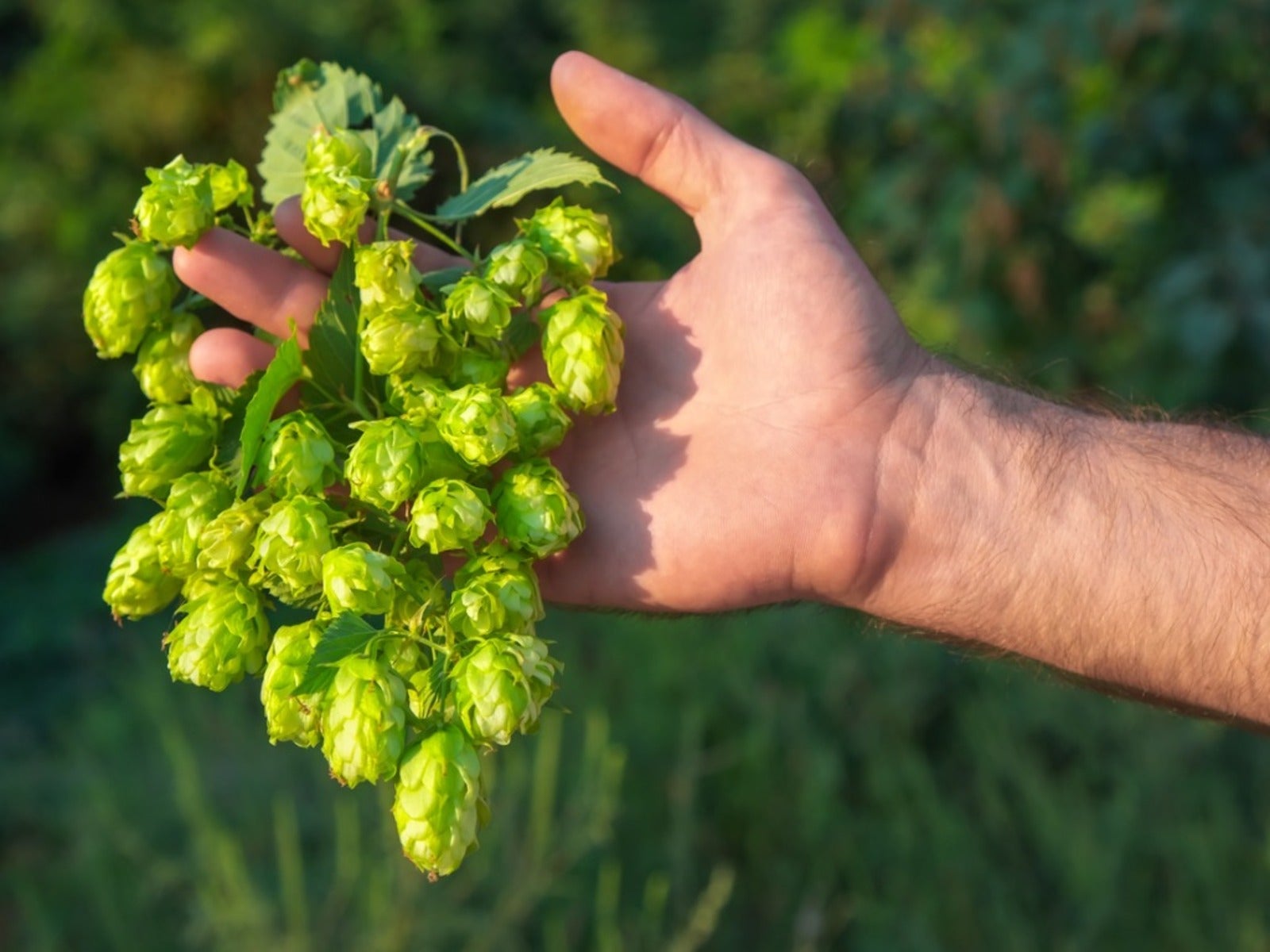

If you’re a home brewer and a gardener, growing your own hops is a natural progression. Hops are the female flower cones of the hops plant, a long, climbing vine. They are also one of the main ingredients in beer-- added during the brewing process to help preserve the beer and give it its classic, bitter flavor. With enough space, you can grow your own hops and put an extra personalized spin on your homebrewed beer. Keep reading to learn more about how and when to harvest hops.
Hops Plant Harvesting
Hops plants grow from rhizomes: fleshy underground stems that can be separated to grow new plants. You can dig up these rhizomes from existing plants or buy them from brew supply websites. You should plant your rhizomes in very early spring, and over the course of the summer, they will grow into 20 or 30 foot (6-9 m.) long vines.
Eventually, the vines will produce flower cones. This is what you want to harvest. Hops harvesting doesn’t take place as soon as the flowers appear, however. Hops harvest season is when the cones have had some time to dry out on the vine, usually August or September.
To figure out when to harvest hops, squeeze the cone gently with your fingers. You want it to feel light and springy, with a sticky sap coming out of it. If it feels damp and squishy, it’s not ready.
How to Harvest Hops in Gardens
There are two ways to go about harvesting hops plants. One way is to pick the cones off the living plant as they mature. If you do this, you should be able to extend your hops harvest season and get more hops overall. The big problem with harvesting hops plants while they’re living is that they’re so tall. If your vine is 30 feet (9 m.) high, it may not be possible to pick all its cones.
That’s why many people do their hops plant harvesting in one go, by cutting down the whole vine and picking the cones at ground level. To do this, cut your vine at about 3 feet (1 m.) above the ground and pull the severed vine down off its trellis or support structure.
After harvesting hops plants, the flowers will start to rot right away if you don’t dry them. The best way to dry hops flowers is to lay them out on a window screen in a dark, ventilated place for a few days, turning them over every now and again. You can also dry your hops out in the oven, but make sure not to let them get hotter than 140 degrees F. (60 C.).
Gardening tips, videos, info and more delivered right to your inbox!
Sign up for the Gardening Know How newsletter today and receive a free copy of our e-book "How to Grow Delicious Tomatoes".
Once your hops are dried, put them in a sealable bag, squish out as much air as possible, and store them in the freezer until you’re ready to use them.

The only child of a horticulturist and an English teacher, Liz Baessler was destined to become a gardening editor. She has been with Gardening Know how since 2015, and a Senior Editor since 2020. She holds a BA in English from Brandeis University and an MA in English from the University of Geneva, Switzerland. After years of gardening in containers and community garden plots, she finally has a backyard of her own, which she is systematically filling with vegetables and flowers.
-
 Grow ‘Karl Rosenfield’ Peony Plants For The Ultimate Frilly Border Beauties And Cut Flowers
Grow ‘Karl Rosenfield’ Peony Plants For The Ultimate Frilly Border Beauties And Cut FlowersFor frilly double magenta peony petals infused with a heady fragrance, grow ‘Karl Rosenfield’ peony plants. Here’s how to cultivate the ultimate plushy blooms
By Tonya Barnett
-
 10 Common Composting Problems That Can Spoil Your Garden Gold – Plus Easy Fixes
10 Common Composting Problems That Can Spoil Your Garden Gold – Plus Easy FixesLearn how to troubleshoot common composting issues before they ruin your stash – from bad smells and bugs to materials not breaking down as they should.
By Susan Albert
-
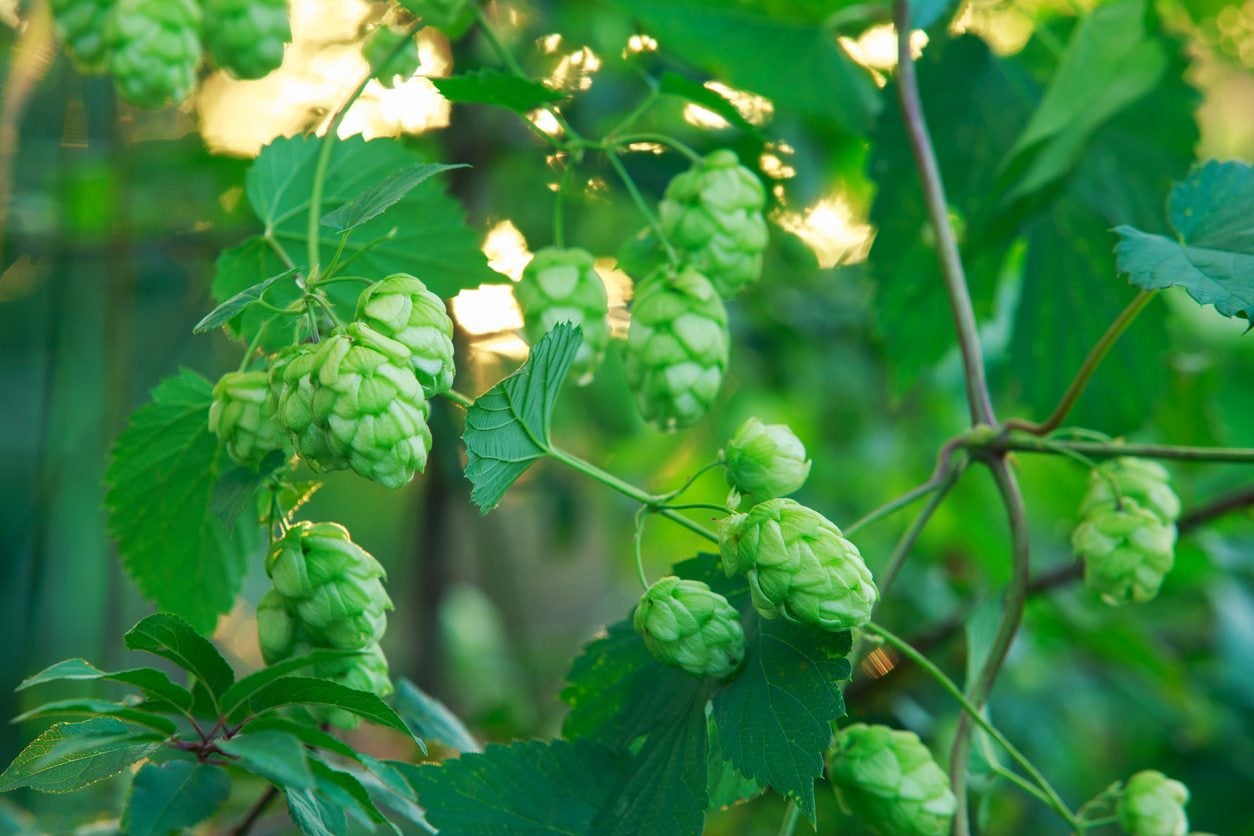 Hops Plant Pruning: When And How To Prune A Hops Plant
Hops Plant Pruning: When And How To Prune A Hops PlantIf you're a home brewer, there's nothing more satisfying than growing your own hops. But hops are long, fast growing vines that require some strategic pruning to get the most out of them. Learn more about how to prune a hops plant in this article.
By Liz Baessler
-
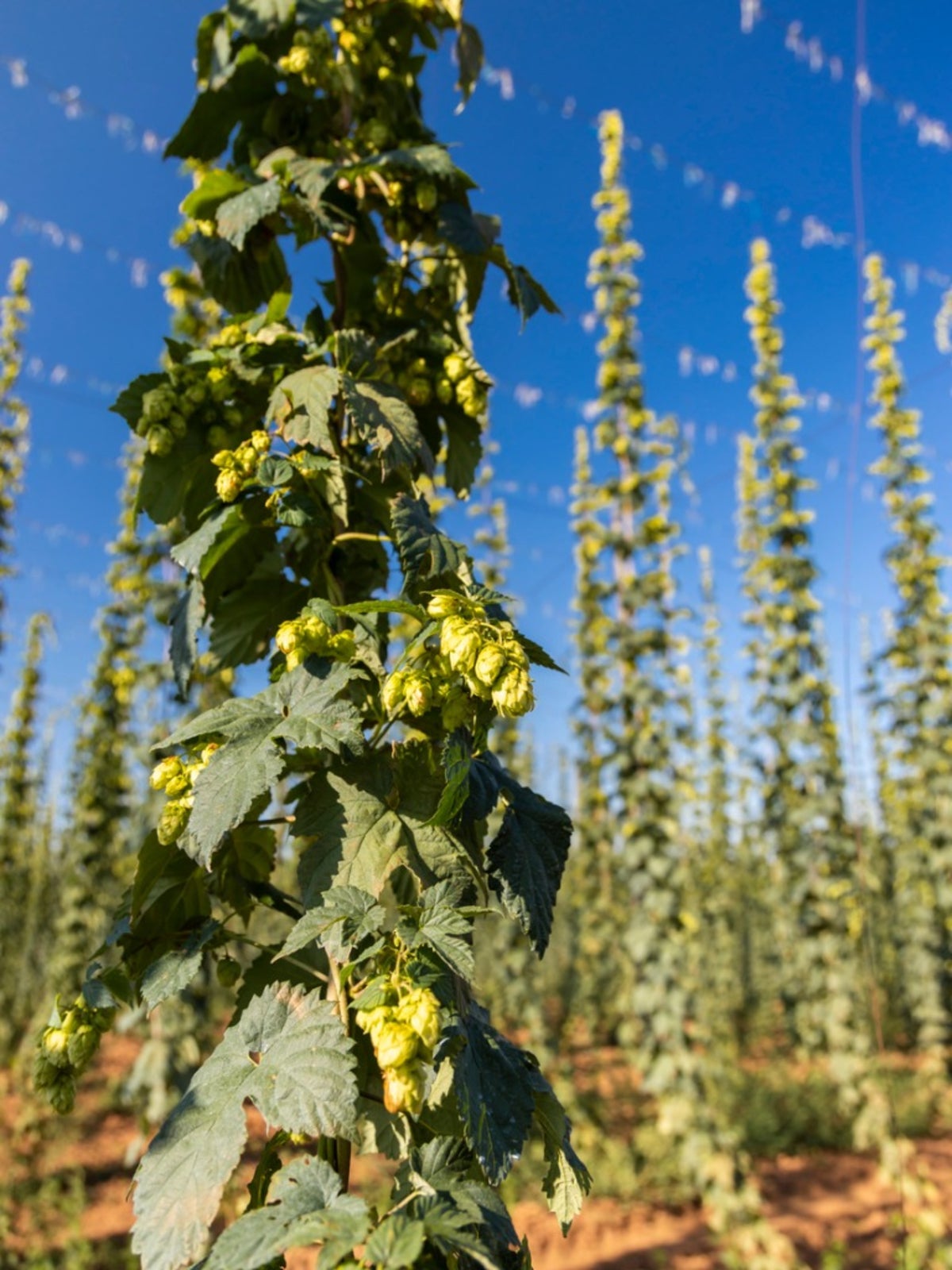 Hops Companion Plants: Learn What To Plant With Hops In Gardens
Hops Companion Plants: Learn What To Plant With Hops In GardensCompanion planting with hops can enhance crop growth and provide a decoy for pesky critters. That said, hop vines are aggressive growers so companion plants need to be considered carefully. This article can help with that.
By Bonnie L. Grant
-
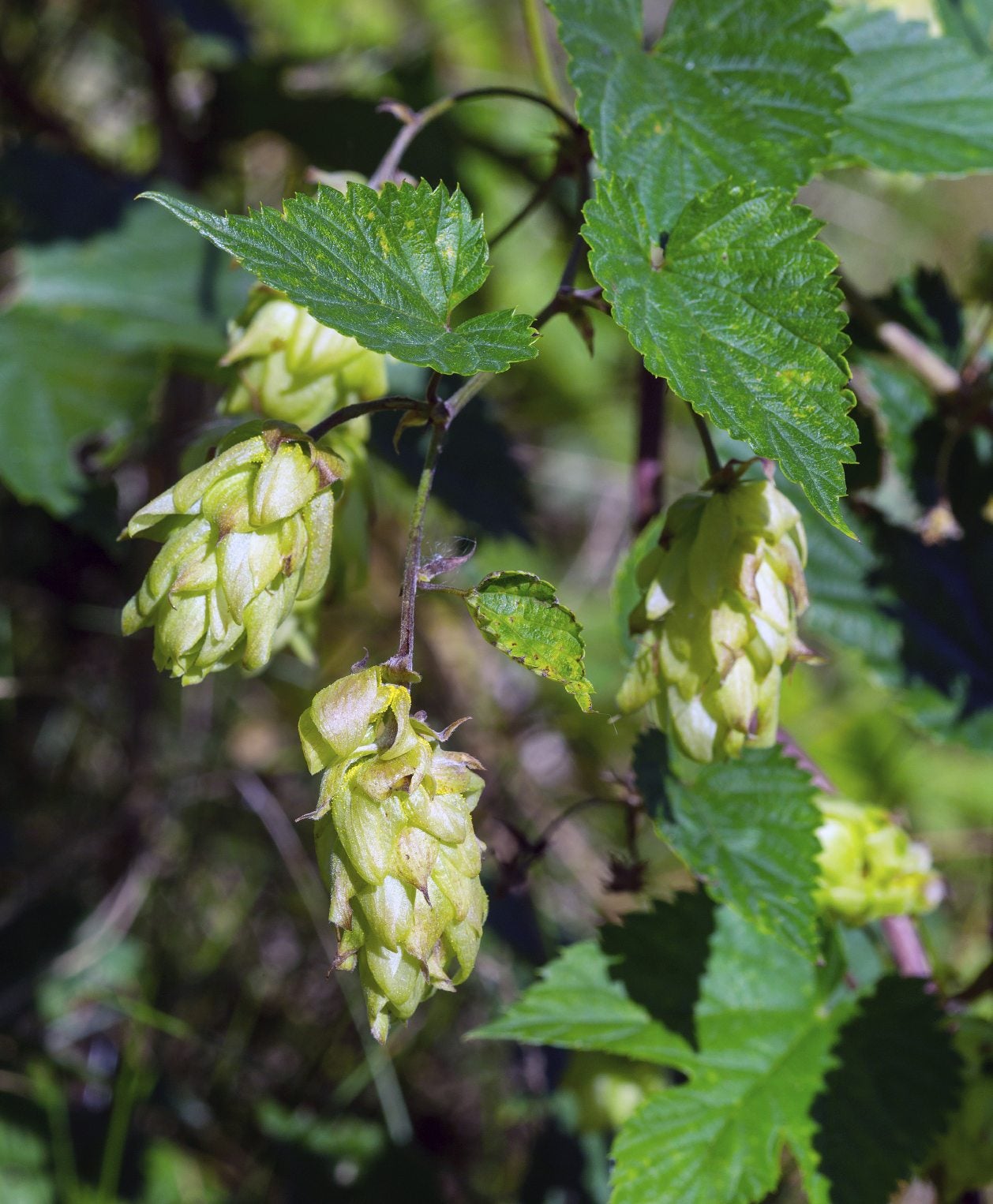 Hops Plant Fertilizer: How And When To Feed Hops Plants
Hops Plant Fertilizer: How And When To Feed Hops PlantsHops can grow up to a whopping 30 feet (9 m.) in a year! To attain this amazing size, it isn't any wonder that they like to be fed every so often. What are hops fertilizer requirements? The following article contains a sort of hops fertilizer guide to help.
By Amy Grant
-
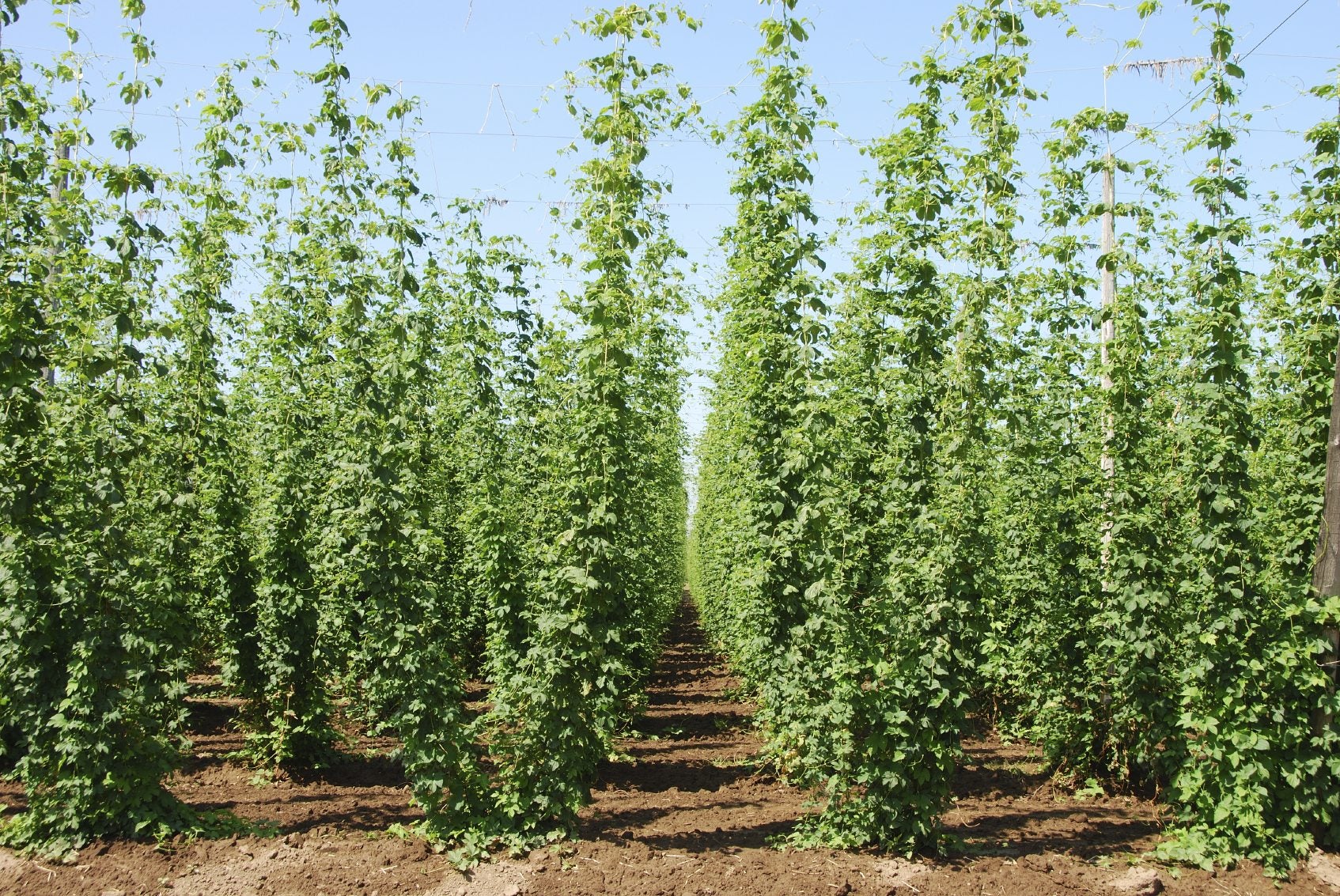 Hops Spacing Requirements – Tips On Plant Spacing For Hops
Hops Spacing Requirements – Tips On Plant Spacing For HopsMost people know that hops are used to make beer, but did you know that the hop plant is a fast-climbing vine? If you decide to grow hops, give a thought to hops plant spacing. This article has more information on spacing requirements for hops.
By Teo Spengler
-
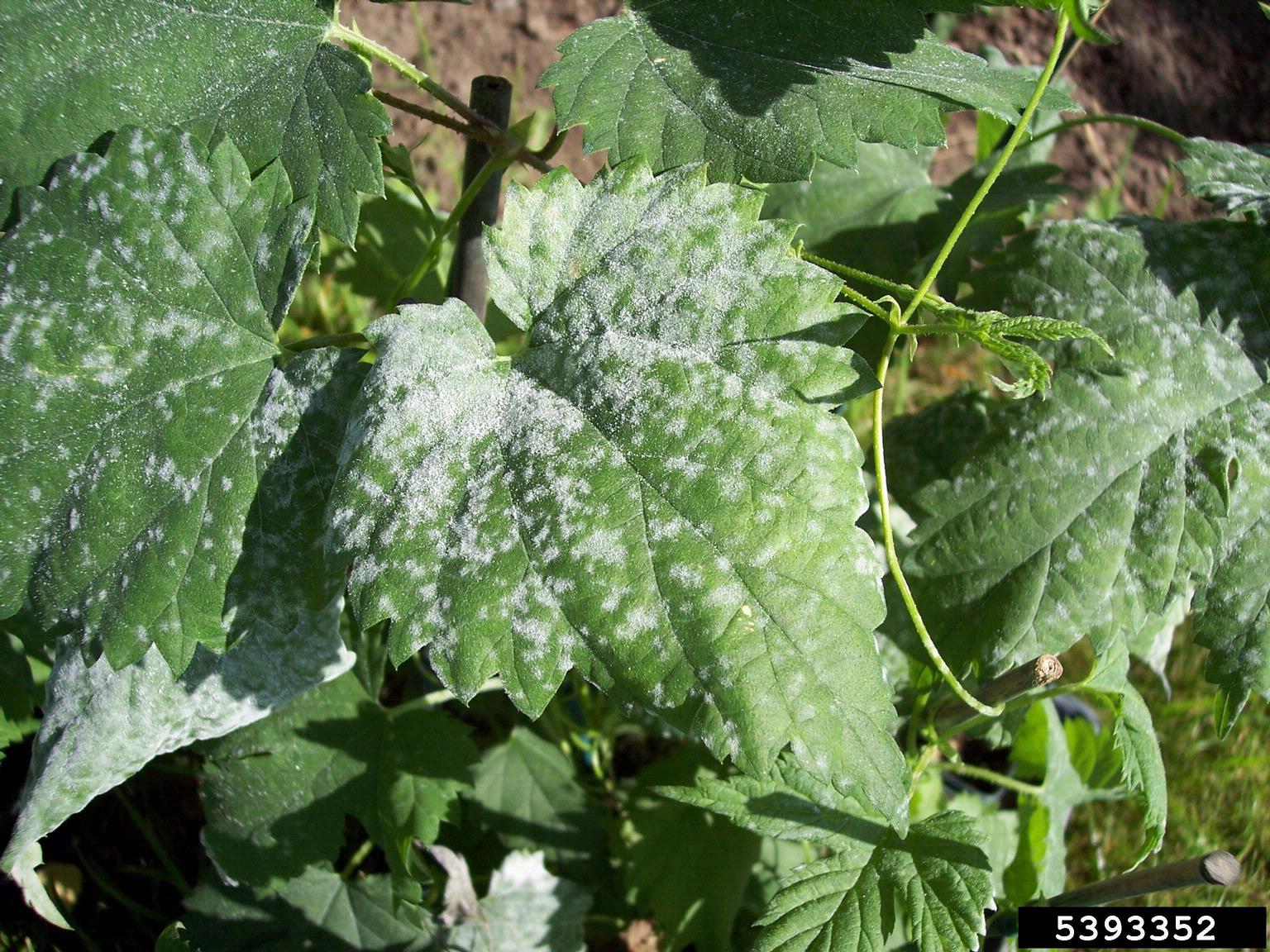 Hops Plant Diseases: Treating Diseases Affecting Hops Plants In Gardens
Hops Plant Diseases: Treating Diseases Affecting Hops Plants In GardensAs prolific as hops can be, the plant may still be afflicted with hops plant diseases. For a fruitful crop, it's important to learn about diseases affecting hops in order to treat hops plant problems ASAP. This article should help with that.
By Amy Grant
-
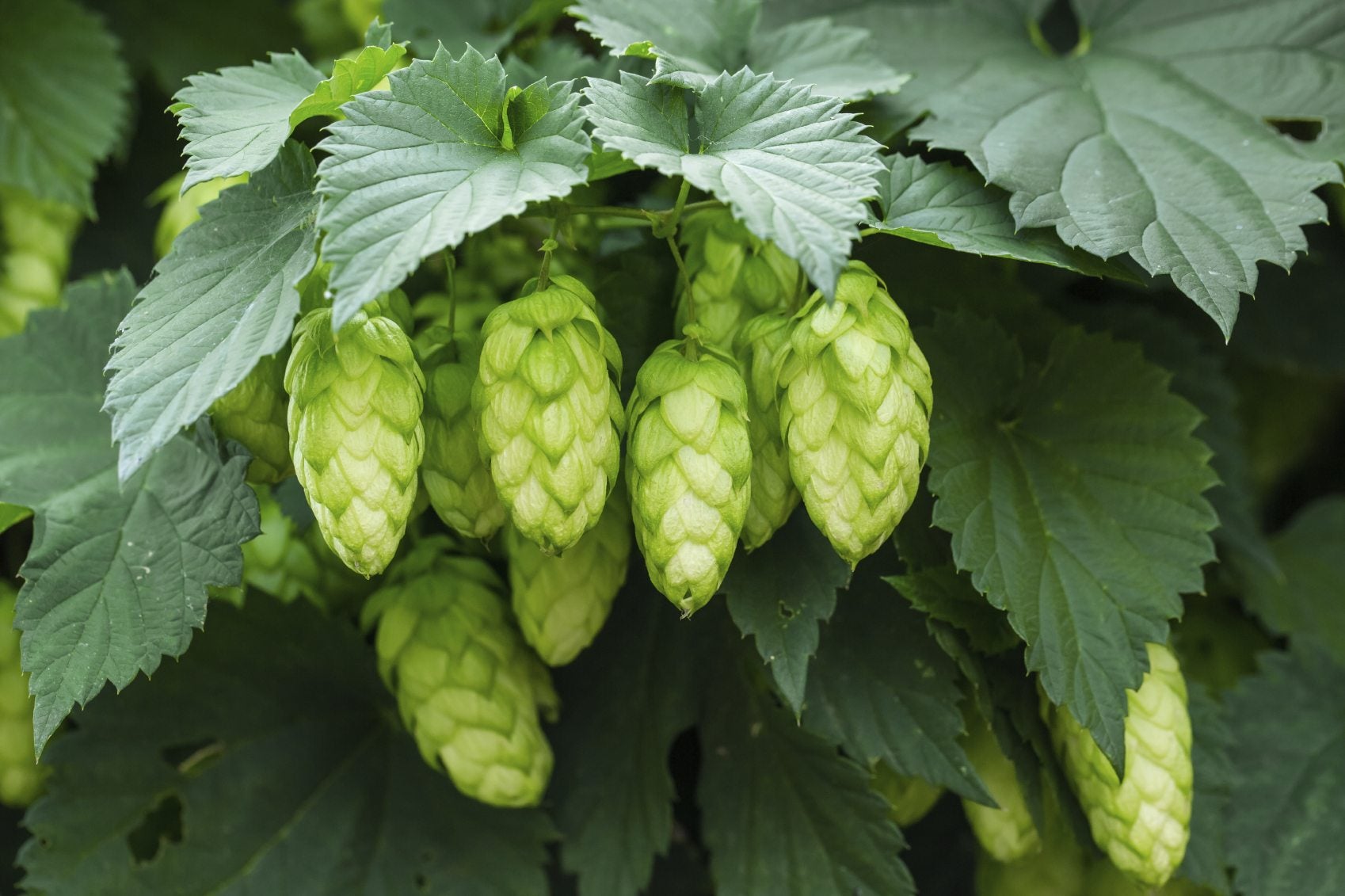 Reasons For No Cones On Hops: How To Get Cones On Hops Plants
Reasons For No Cones On Hops: How To Get Cones On Hops PlantsHops with no cones may be due to the time of the year, cultivation practices, or the age of the vines. Professional growers know how to get cones on hops plants and you can too with a little advice and some tips from the trade. This article will help.
By Bonnie L. Grant
-
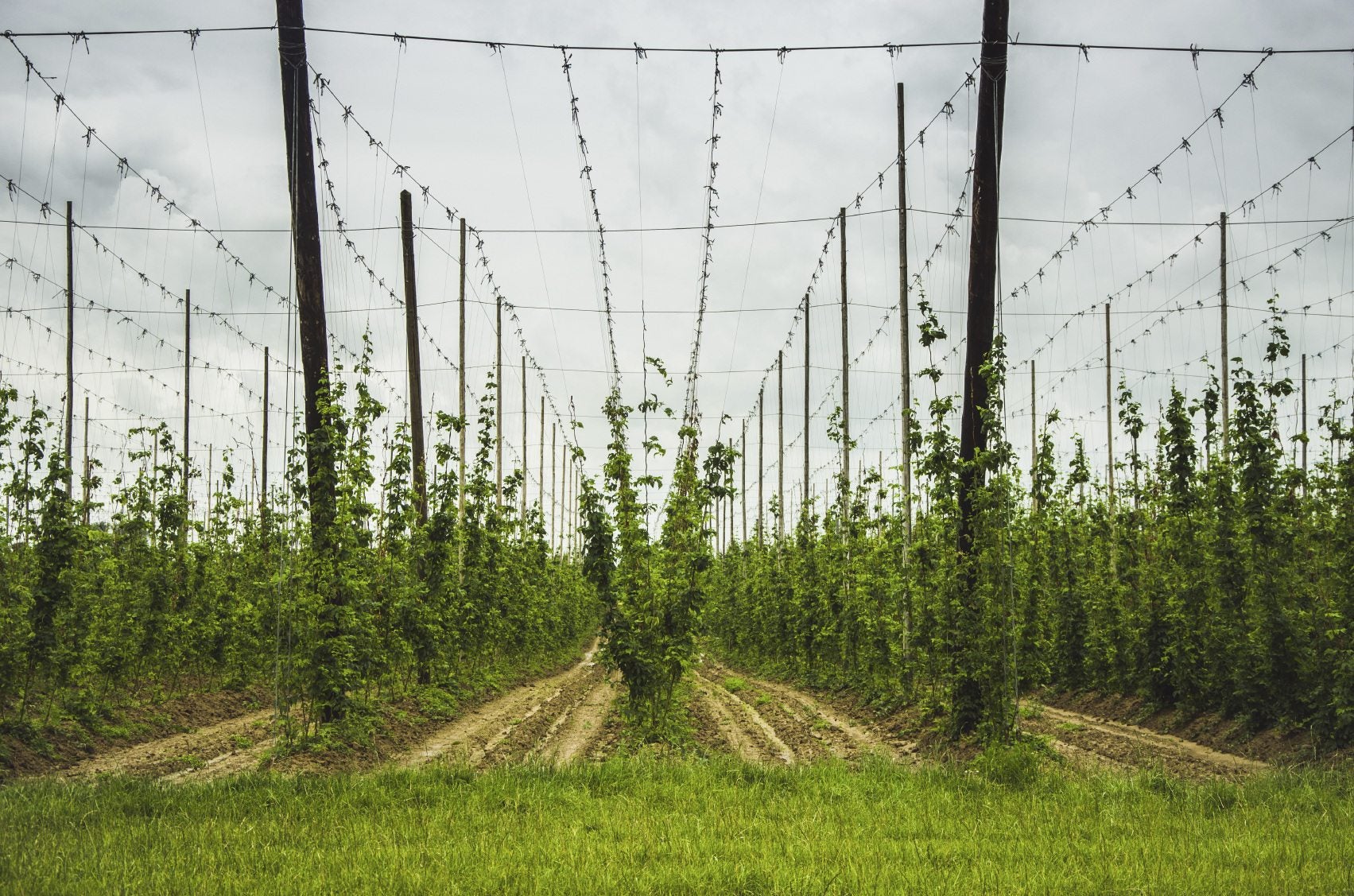 Support For Hops Vines: Learn About Hops Plant Support
Support For Hops Vines: Learn About Hops Plant SupportHops can grow up to 12 inches (30.5 cm.) a day. These rampant climbers need a sturdy trellis of appropriate height to accommodate their size. The following article contains information on the best support for hops plants and building a trellis for hops.
By Amy Grant
-
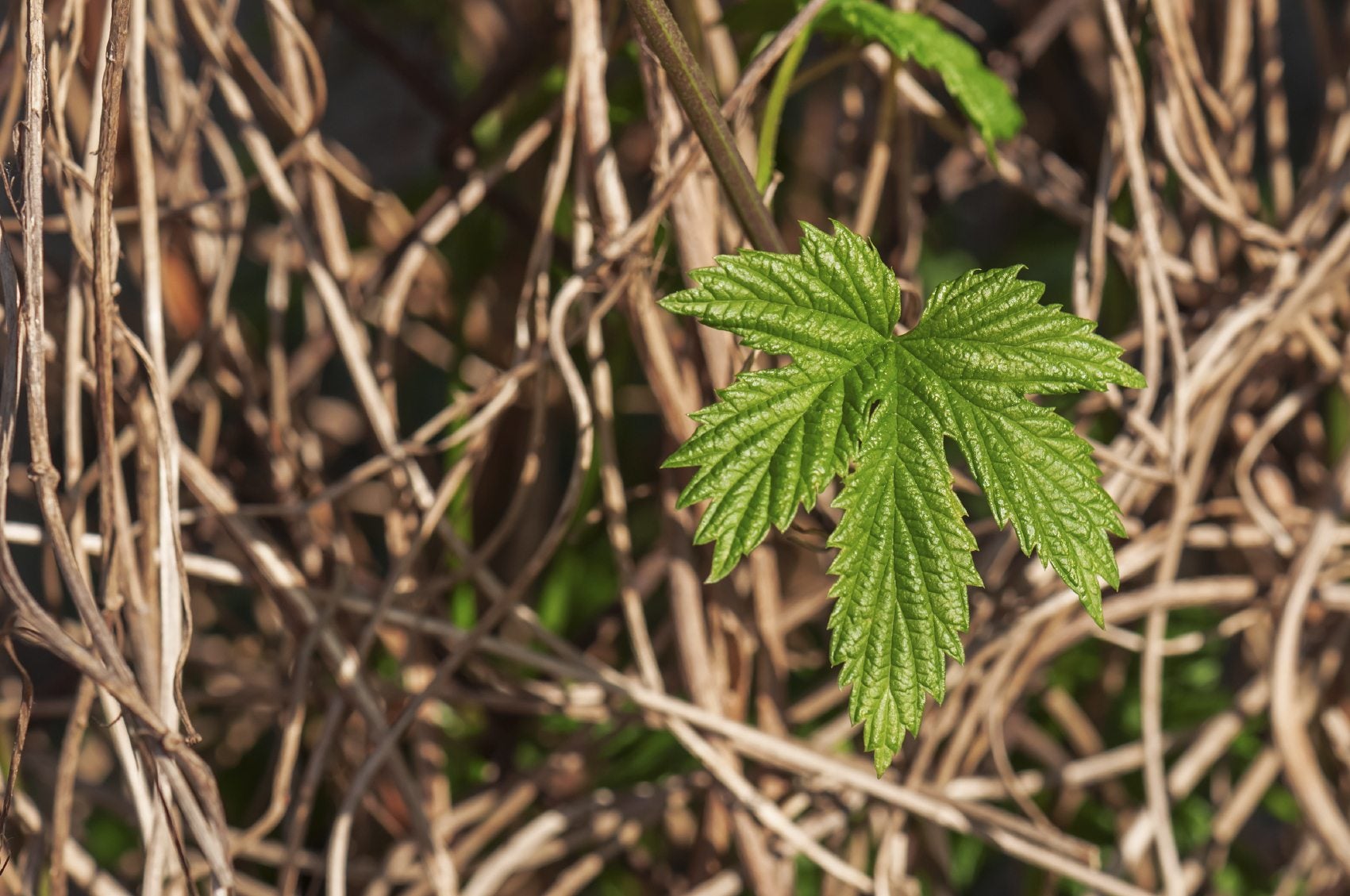 Propagating Hops Plants: Planting Hops From Clippings And Rhizomes
Propagating Hops Plants: Planting Hops From Clippings And RhizomesHops plant propagation is primarily from root cuttings. Planting hops from clippings will result in identical clones to the parent hop plant. Here are some surefire tips on how to propagate hops plant for beautiful vines and copious cones.
By Bonnie L. Grant